Situational Awareness - Why These Two Words Spell Out "Personal Safety"
Situational Awareness - key words in the world of personal safety, and for good reason. Let's start by taking a look at what exactly situational awareness is, and why it should be top of mind when it comes to your personal safety.
SITUATIONAL AWARENESS
Situational awareness is the use of the sensory system to scan the environment with the purpose of identifying threats in the present or projecting those threats into the future. (Source: securityadvisor.net)
 (Source: The Diamond Arrow Group)
(Source: The Diamond Arrow Group)
Your personal safety in public is directly tied to maintaining situational awareness. How? Let's take a look at a few examples.  GET OFF YOUR PHONE
GET OFF YOUR PHONE
You're distracted when you're on your phone, and that invites trouble. A person who is focusing on something else is an easier target. Calls, messages, emails, and social media can wait. When you're fiddling with your phone, your eyes, mind, ears, and hands are all busy.
Your eyes should be scanning your surroundings and watching where you're going. Being aware of your surroundings will help you spot potential problems. Your mind and ears should be free to take in the sights and sounds around you. Being aware is the first step in helping you determine whether or not a situation poses a danger to you.
Your hands should be free to defend yourself or ready to take quick action.
WALK WITH A FRIEND
Do you ever return home from a party by walking a few blocks? Ever walk by yourself to go shopping or to pick up a prescription? Check to see if someone can join you. If you're not alone, you're a less appealing target.
 PARKING YOUR CAR
PARKING YOUR CAR
When it comes to parking your car, trust your instincts. Put it back in drive and keep going if you're uneasy about where you've just parked. Park your car as near to your location as possible. If you must park further away, seek brightly lighted places that have a lot of foot traffic. If you're meeting friends, don't be shy about calling or texting one of them and having a friend walk with you to and from your car. SHOW CONFIDENCE
SHOW CONFIDENCE
When you're on your own, walk with purpose and confidence. Keep your chin up, your eyes forward, and your stride constant. Act as if you're sure of where you're going, even if you're not quite sure.
LOOK FOR THINGS OUT OF PLACE
You don't want to be paranoid, and you can't constantly be looking over your shoulder or actively looking for threats. But here is what you can do: try to see or listen for things that are out of place, an interruption in the normal pattern. Some obvious ones are sirens, alarms, and gunshots. Look for people dressed for cold weather when it's warm, happy people when others are sad, or folks alone when in an area full of families. Keep these people in your field of vision and be ready to act on what you've observed.
Some not so obvious things that are out of place are the sounds of footsteps running towards you, or a group of people in a car all looking in your direction. The sooner you are aware of things that are out of place, the quicker you can recognize a potential threat, which gives you more time to take action to ensure your personal safety in public.
WHAT TO DO IF YOU THINK YOU'RE BEING FOLLOWED
It's a sinking feeling, and many of us can feel when we're being followed, so what do you do? Think about your options right now, so you will be able to take action much faster if you find yourself in a potentially harmful situation. Better to plan for your personal safety in public, than to wait for something to happen.
Don't be afraid to yell, and yell loudly if you need help. Get into a highly visible location as soon as possible. Make sure others can see you and the person or people who are following you. Try to surround yourself with potential allies and witnesses. Remember this simple sentence "I need help," and don't be afraid to say it as well. Assailants usually attack those they feel are weak and easier to take. Rehearse in your head that you will not go quietly.
WHAT ELSE CAN YOU DO?
Position yourself where you can see as much as possible of your surroundings. This can be done almost anywhere: a restaurant, a food court, the gym, on public transportation, at the airport, or even at a sporting event. Try to keep your back to a wall, and keep the exits in front of you, so you can easily see who's coming and going.
PRACTICE PRACTICE PRACTICE
Strengthening your situational awareness skills takes practice, and you can make it interesting if you ask your children, friends, or other family members to play along. See how perceptive everyone is when you're out by asking a few questions.
What color shirt is the bartender/server wearing?
Where are the exits?
Anyone look out of place?
You'll be training yourself to be more aware of your surroundings.
CONSIDER PERSONAL SAFETY DEVICES
One of the best ways to alert anyone that you need help is a personal alarm. They're certainly not quiet. Mace® Brand personal alarms are easy to carry and send out a loud shriek with the touch of a button. They also have a built-in whistle that makes alerting someone easy. The alarms are a popular choice for teenagers as well. It's always best to be prepared and empower yourself and your loved ones with a non-lethal form of personal protection.
Mace® Personal Safety Alarm | Safety Alarm Keychains
Let us be your guide to non-lethal, personal protection devices. You can also choose Pepper Spray, Pepper Gel , Stun Devices, or Pepper Guns
WHAT TO DO IN A POTENTIALLY DANGEROUS SITUATION
One of America's greatest fighter pilots developed something called the "OODA Loop."
"OODA" is an acronym that explains four steps of decision making when maintaining situational awareness. It is a learning system, a method for dealing with uncertainty, and a strategy for personal safety.
O - Observe.
O - Orient yourself to your surroundings.
D - Decide what you need to do.
A - Act
Observe + Orient = Situational Awareness.
Take action to protect yourself and your loved ones. Educate yourself, learn all you can. Think of improving your situational awareness as a way to become better informed and empowered. A confidence builder for sure. If you learn all you can and anticipate what can happen, you'll be much better prepared if something actually does happen to you.
Useful resource: How to Develop Situational Awareness | The Art of Manliness
Another story you would enjoy: Not Your Typical Hero - Sarah Shendy's Passion and Mission of Empowerm (mace.com)



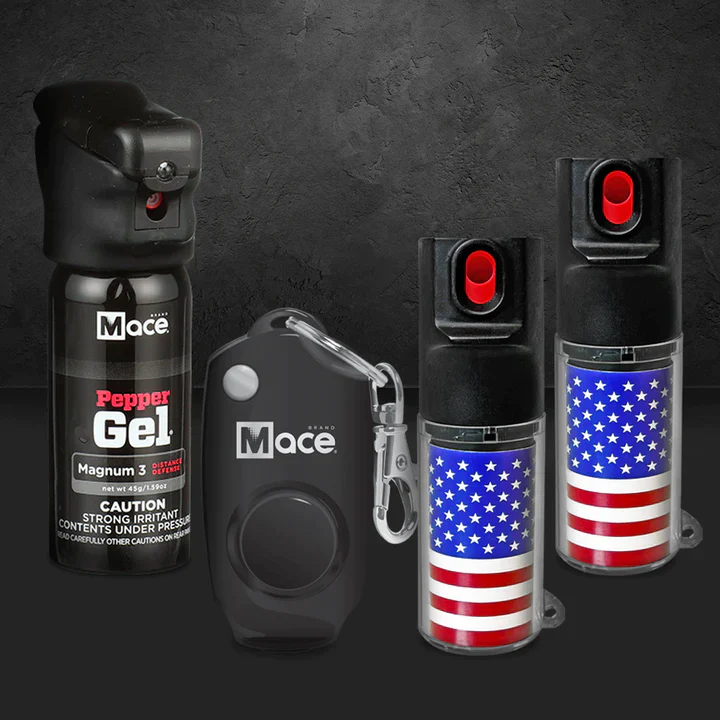
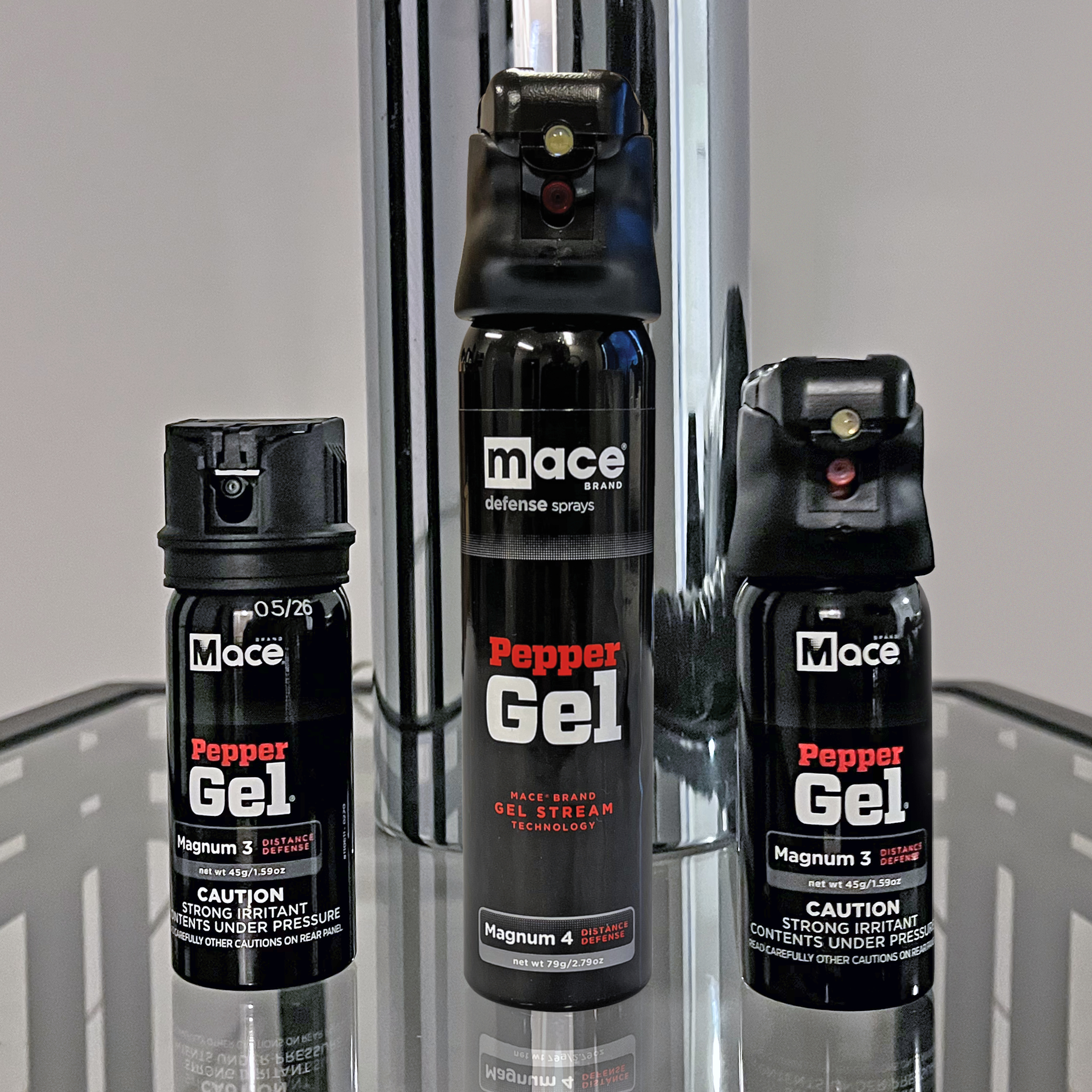
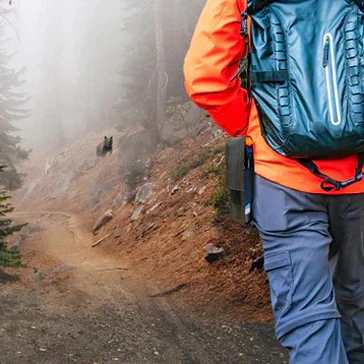
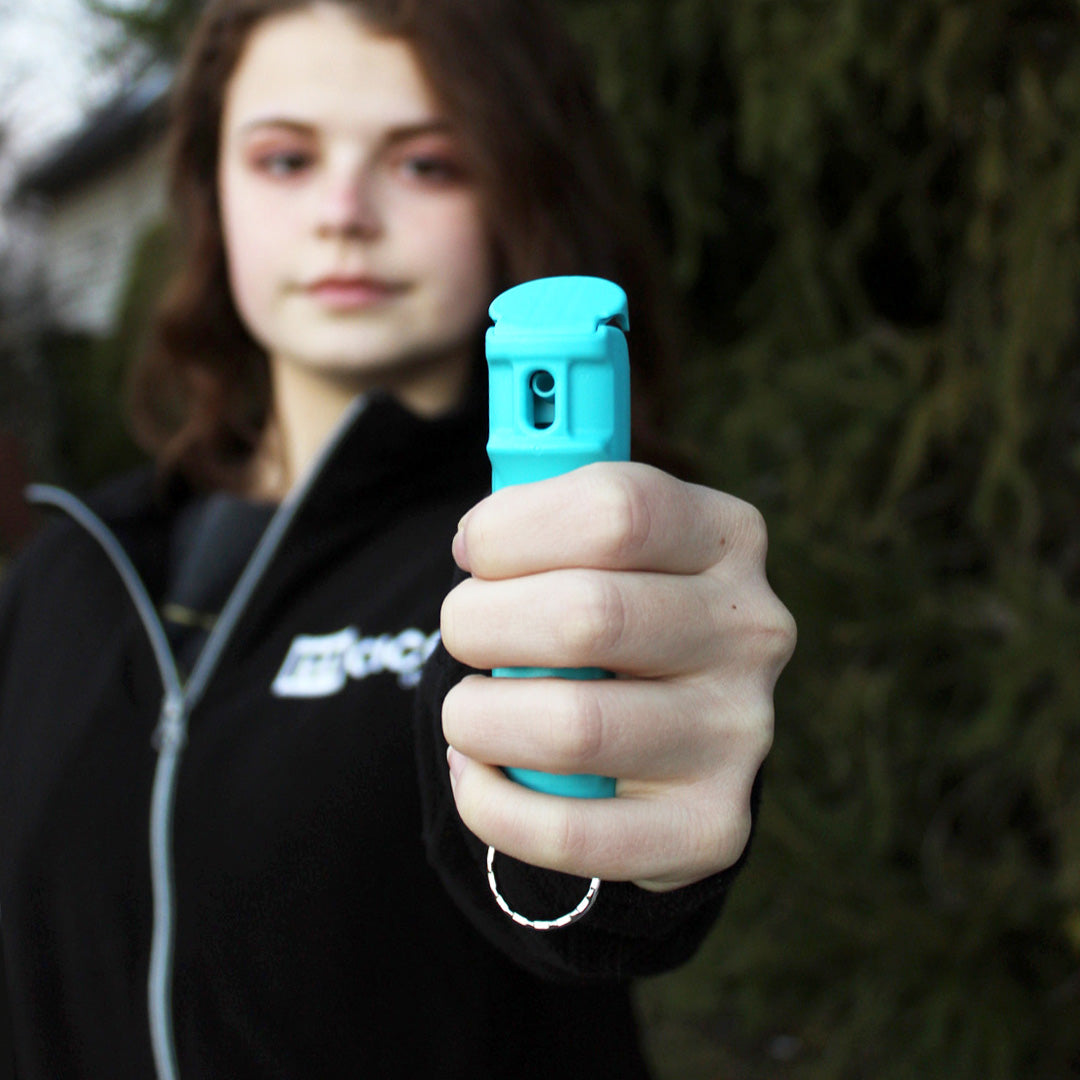
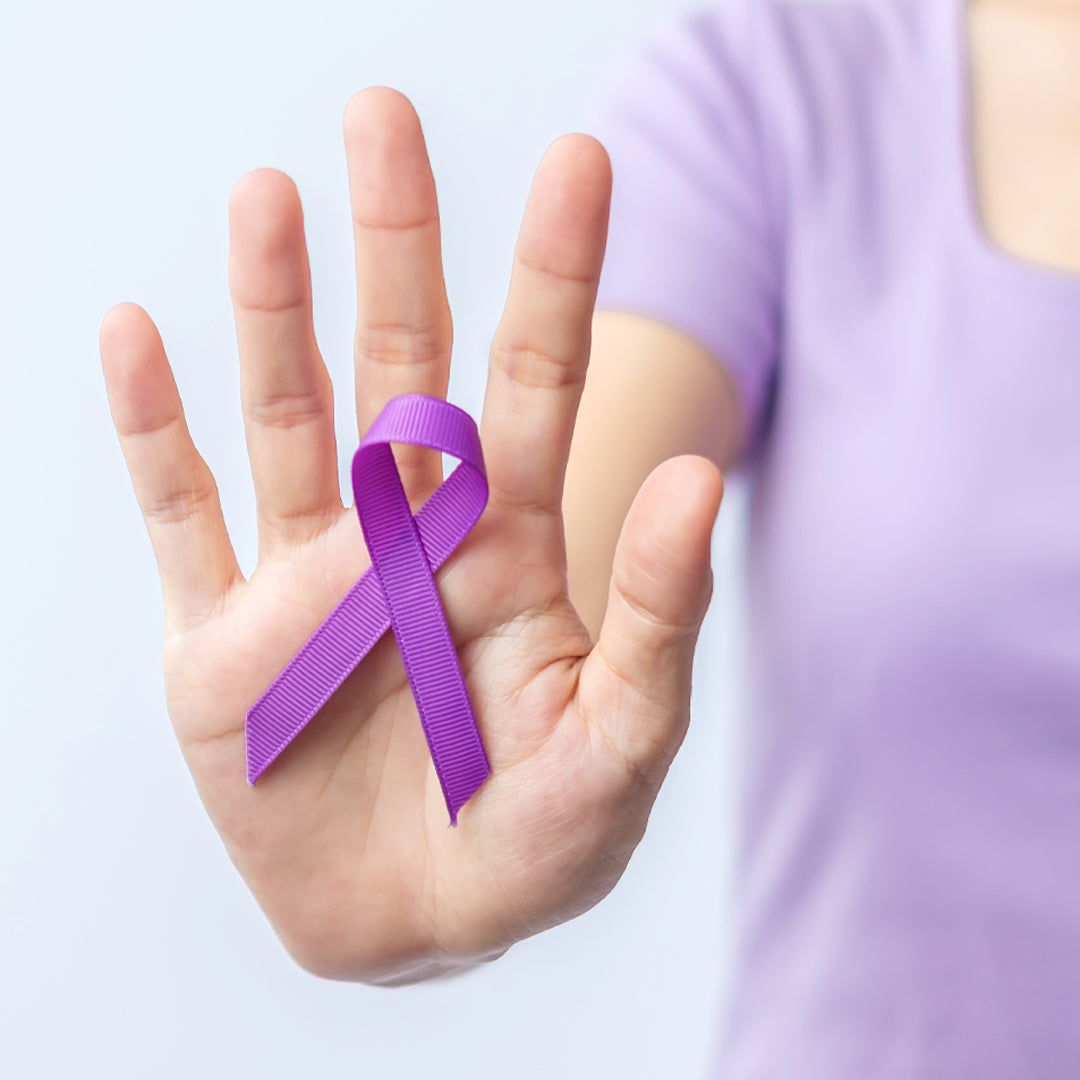
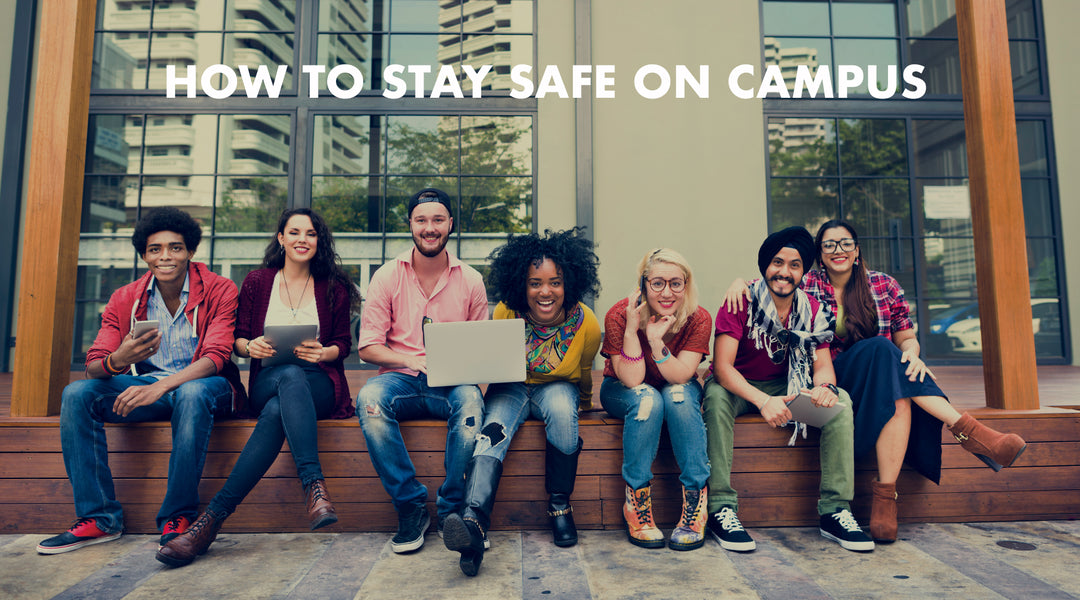
Leave a comment